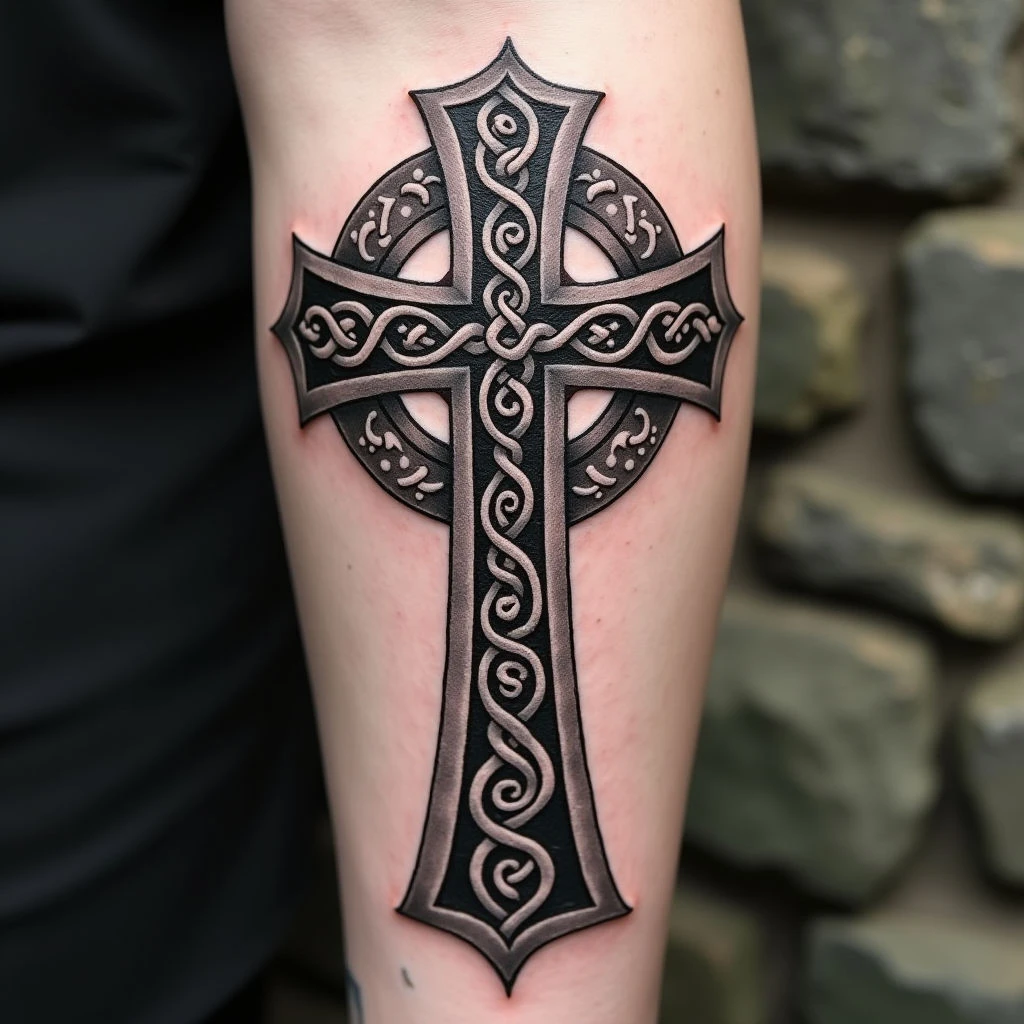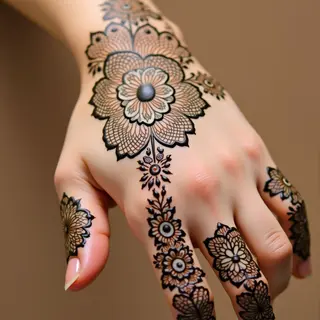The Enduring Symbolism of the Celtic Cross Tattoo
The Celtic cross tattoo isn’t just a pretty picture—it's a potent symbol deeply connected to Irish heritage and spiritual meaning. It draws from ancient beliefs, later blending with Christian faith, representing a link between worlds, devotion, and endless time.
A History Forged in Tradition
Before Christianity arrived in Ireland, Celtic people honored nature and their ancestors with elaborate stone crosses. These weren’t originally Christian symbols. When missionaries came to share their faith, they cleverly incorporated this familiar imagery into their teachings—a brilliant way to bridge pagan customs with Christian beliefs. This is how the iconic Celtic cross we know today took shape.
Decoding the Symbolism
The circular ring surrounding the cross holds multiple layers of meaning. It represents eternity and life’s continuous cycle. Some see it as a symbol of the sun or a protective shield, while others connect it to how everything is intertwined.
Traditionally, the arms of the cross represent the four cardinal directions—north, south, east, and west—signifying balance and harmony. It’s about finding equilibrium in all things.
Variations on a Theme
While the classic Celtic cross is instantly recognizable, countless variations exist—each adding unique details. You’ll often see intricate knotwork (a hallmark of Celtic art), spirals (representing spiritual growth), animals like wolves or ravens (often seen as protective symbols), and even Ogham script, an ancient Irish alphabet.
Placement Matters
Where you choose to place your Celtic cross tattoo also carries significance. It's often placed on the back, shoulder, or chest—areas that symbolize strength, faith, and a deep connection to one’s heritage.
More Than Just Ink: Cultural Significance
For many people with Irish roots, the Celtic cross is a powerful symbol of identity and cultural pride. It’s a constant reminder of where they come from and an honor to the traditions passed down through generations.


